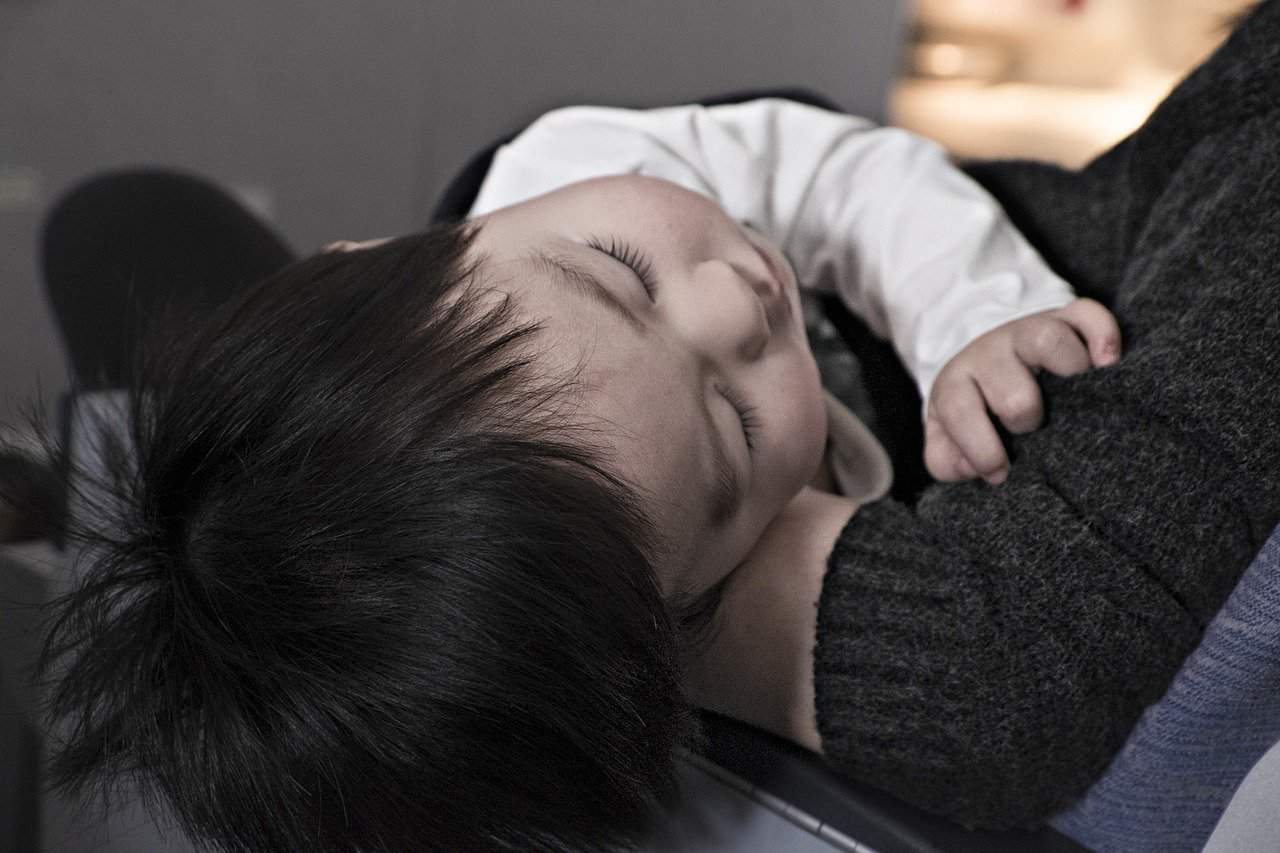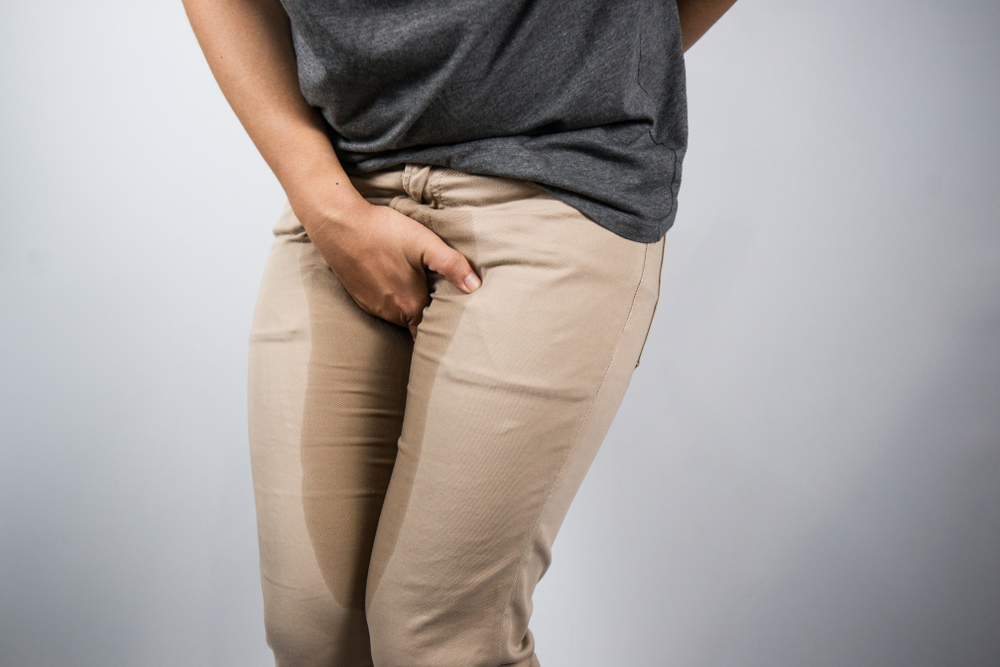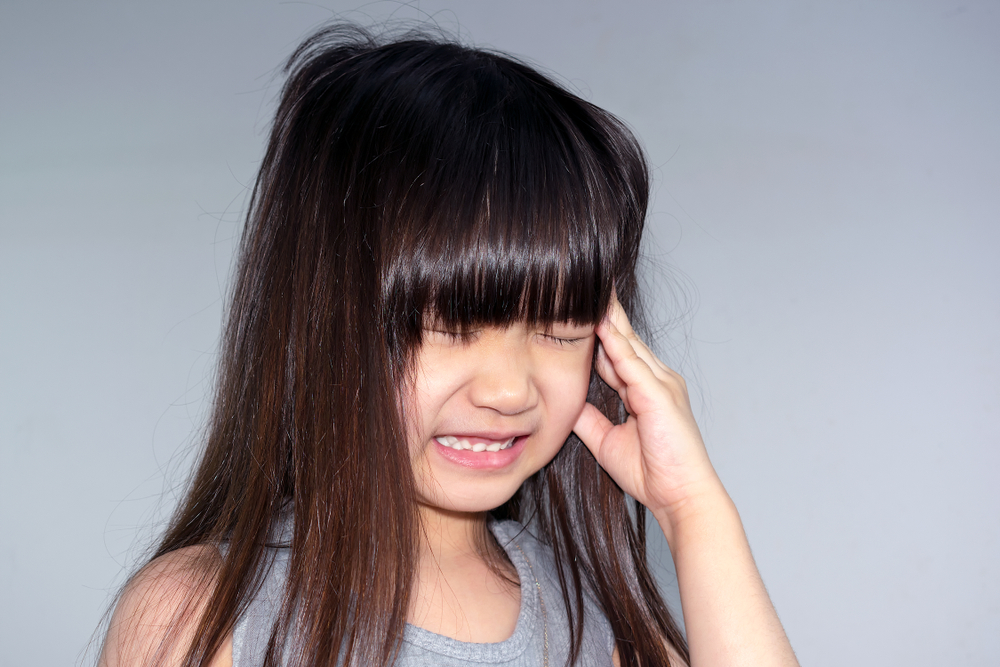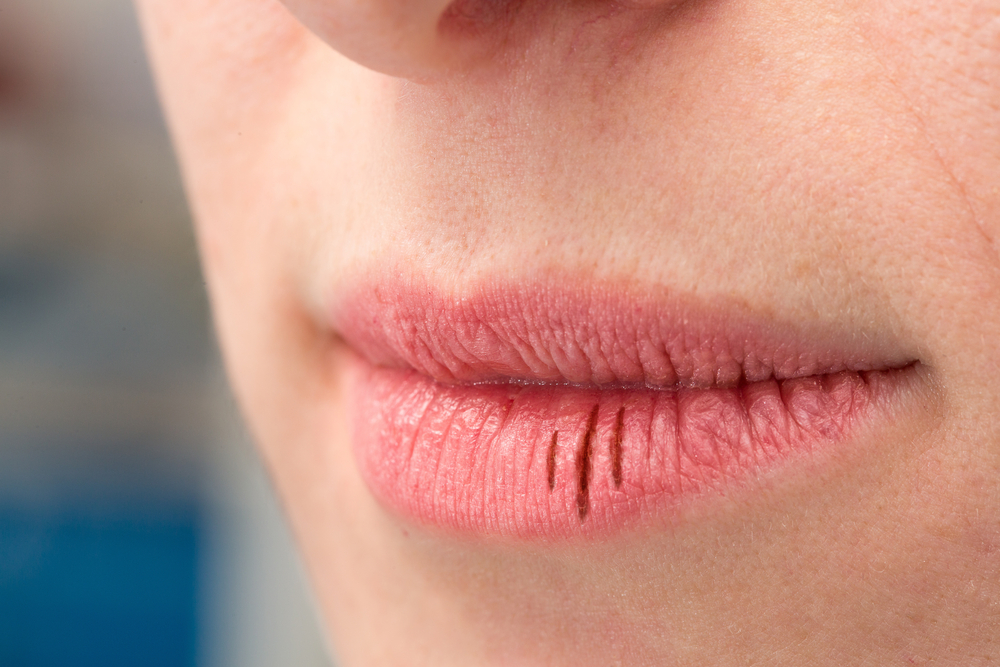Contents:
- Medical Video: Japanese Encephalitis – an introduction
- Is that Japanese encephalitis?
- How do Japanese encephaltis viruses infect humans?
- What are the symptoms of Japanese encephalitis?
- What checks need to be done?
- Can Japanese encephalitis be treated?
- What can be done to prevent Japanese encephalitis?
- Prevent mosquito bites
- Vaccination
Medical Video: Japanese Encephalitis – an introduction
Data from the WHO (World Health Organization) and CDC (Centers for Disease Control and Prevention) show that Indonesia is one of the many Asian countries that have become the Japanese encephalitis virus endemic area. Every prospective tourist who wants to visit Indonesia gets information about this disease and can take precautions to avoid it. But unfortunately, information about Japanese encephalitis in our own country is very limited. There are still many people who do not know about the dangers of this disease.
Is that Japanese encephalitis?
Japanese encephalitis is a viral inflammatory disease caused by the virus, which is most prevalent in the Asian region. The Japanese encephalitis virus is a flavivirus virus. Transmission of the virus actually only occurs between Culex mosquitoes (especially Culex tritaeniorhynchus), pigs and rice fields / fields.
How do Japanese encephaltis viruses infect humans?
Humans can contract the Japanese encephalitis virus if bitten by a mosquito Culex tritaeniorhynchus infected. Usually these mosquitoes are more active at night. Culex mosquitoes are mostly found in rice fields and irrigation areas. In Bali, the high incidence of Japanese encephalitis is associated with the large number of rice fields and pig farms in the area. The incidence of Japanese encephalitis in humans usually increases in the rainy season.
What are the symptoms of Japanese encephalitis?
Most Japanese encephaltiis sufferers only show symptoms that are mild or even asymptomatic. Symptoms can appear 5-15 days after the bite of a mosquito infected with a virus. Early symptoms that appear can be fever, chills, headache, weakness, nausea, and vomiting. Approximately 1 in 200 people with Japanese infection encephalitis shows severe symptoms associated with inflammation of the brain (encephalitis), in the form of sudden high fever, headaches, neck stiffness, disorientation, coma (decreased consciousness), seizures, and paralysis.
Symptoms of seizures often occur especially in pediatric patients. Symptoms of headaches and neck stiffness mainly occur in adult patients. These complaints usually improve after the acute phase of the disease has been exceeded, but in 20-30% of patients, cognitive nervous and psychiatric disorders are reported to persist. The hardest complication in the case of Japanese encephalitis is death (occurring in 20-30% of cases of encephalitis).
What checks need to be done?
Japanese diagnosis of encephalitis is derived from symptoms that are experienced by the person, physical examination that the doctor does, and laboratory tests. Laboratory tests that need to be done are blood tests and marrow fluid examination. The act of taking bone marrow is an action that is not simple, must be done in the treatment room, can not be done in an ordinary clinical laboratory.
If you get an infection, the body's immune system will form antibodies to fight the infection. These laboratory tests function to detect the presence of antibodies (IgM) that fight the Japanese encephalitis virus. IgM can be detected in marrow fluid 4 days after symptoms appear, and can be found in the blood 7 days after symptoms appear.
Can Japanese encephalitis be treated?
At present there is no specific treatment for Japanese encephalitis disease. The treatment given is based on the symptoms suffered by the patient (symptomatic), such as rest, fulfillment of daily fluid needs, administration of fever-reducing drugs, and administration of pain-reducing drugs. Patients need to be hospitalized so that it can be observed closely, so that appropriate treatment can be given immediately if symptoms of nerve disorders or other complications arise.
What can be done to prevent Japanese encephalitis?
Some precautions that can be taken include:
Prevent mosquito bites
- Using mosquito repellent in the form of a lotion or spray that is safe for the skin
- Using clothes that cover the body if you move outside the home
- Use mosquito nets when sleeping / air conditioner
- As much as possible avoid activities at night in areas of agriculture, fields, or rice fields where there are many Culex mosquitoes.
Vaccination
The main prevention that can be done is by using Japanese encephalitis vaccine. This vaccine can be given from the age of 2 months to adulthood. This vaccine needs to be given 2 times, with the distance between the administration of vaccines 28 days. Booster vaccine can be given to adults (> 17 years) at least a year after 2 doses of the vaccine.
READ ALSO:
- 7 Reasons Why You Are Often Bitten By Mosquitoes
- No Stop-Stop Hiccups? Can Be A Symptom Of These 6 Diseases
- Hyperhidrosis, a disorder that triggers excessive sweating












